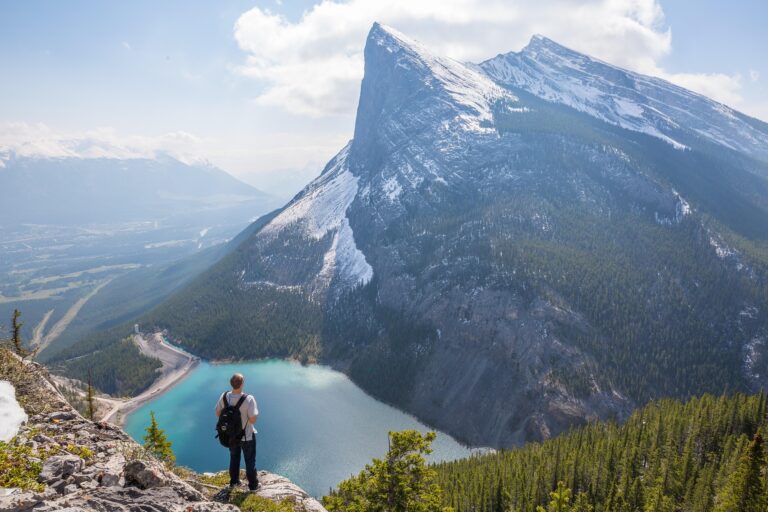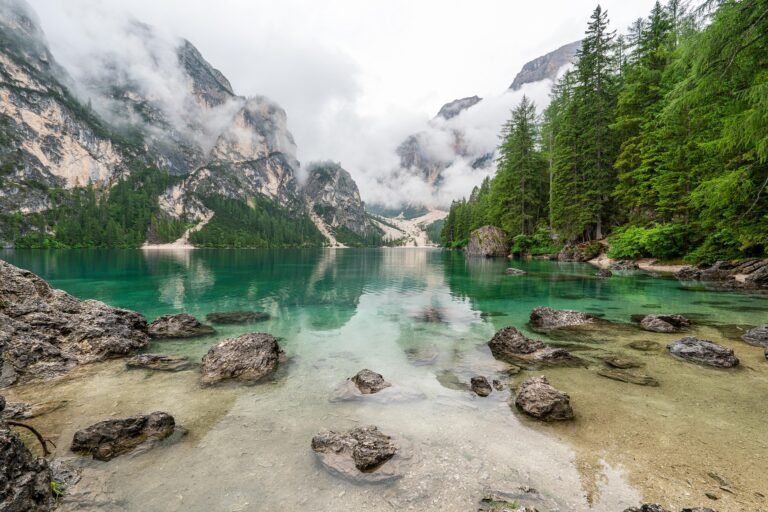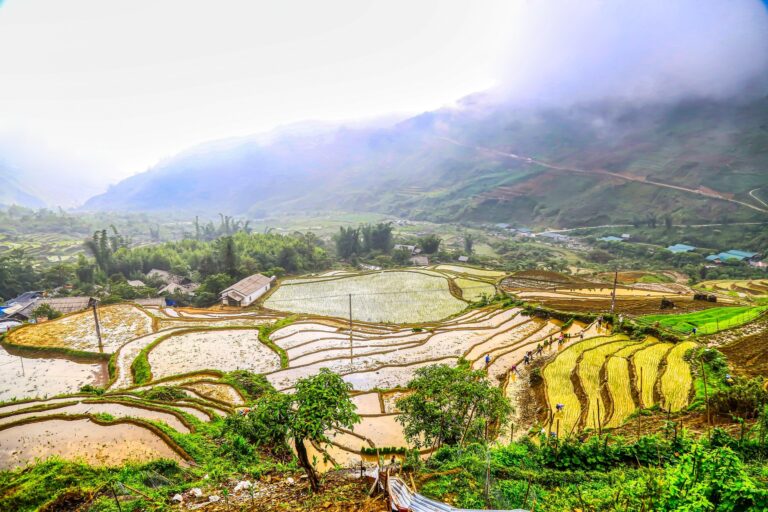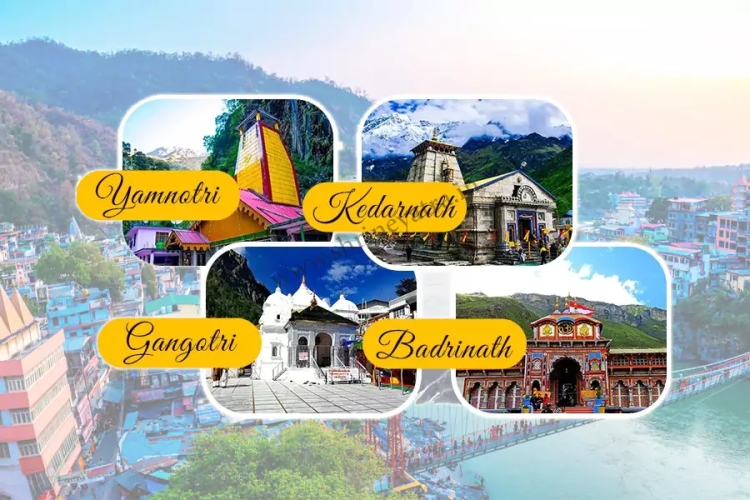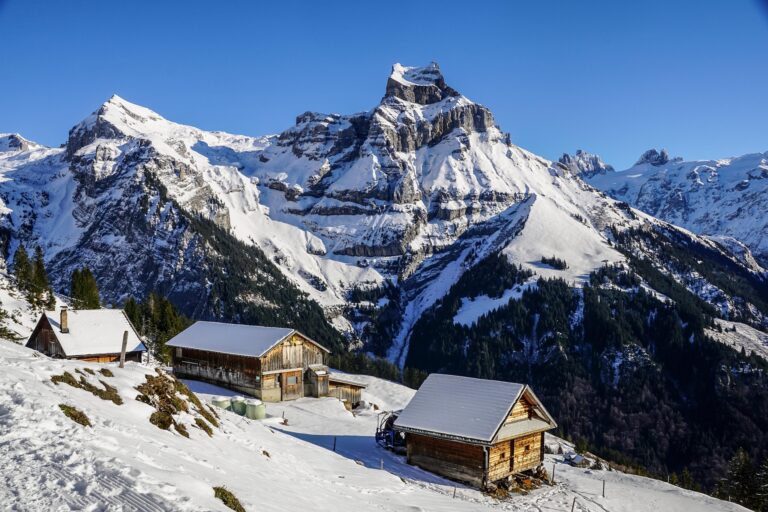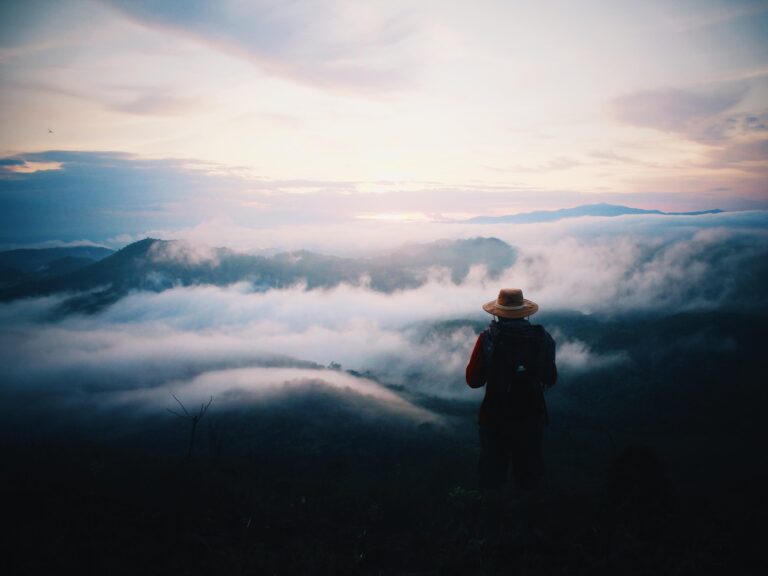Embarking on the Chardham Yatra is more than just a pilgrimage—it’s a transformative journey through the spiritual heart of India. The four sacred sites—Yamunotri, Gangotri, Kedarnath, and Badrinath—are nestled in the majestic Garhwal Himalayas in Uttarakhand. If you’re planning the Chardham Yatra in 2025, here’s everything you need to know to make your trip spiritually enriching, safe, and smooth.
Why the Chardham Yatra?
The Chardham circuit holds immense significance in Hinduism. It is believed that visiting these four sacred temples washes away sins and paves the way to moksha (liberation). Each dham represents a different aspect of divinity:
- Yamunotri – The origin of River Yamuna and the seat of Goddess Yamuna.
- Gangotri – The origin of River Ganga, revered as Goddess Ganga.
- Kedarnath – One of the twelve Jyotirlingas of Lord Shiva.
- Badrinath – The abode of Lord Vishnu in his Badri incarnation.
What’s New in 2025?
As of 2025, the Chardham Yatra infrastructure has improved significantly. Roads have been widened, new heli services are operational, and digital tracking of pilgrims is in place for added safety. Key updates include:
- Online Registration Mandatory: The Uttarakhand government has made registration compulsory for all pilgrims. This helps monitor footfall and ensures emergency services are available where needed.
- Helicopter Bookings: Kedarnath and Badrinath now offer expanded heli services. Book early via the official Uttarakhand Tourism website to avoid scams.
- Eco-Friendly Measures: The state has enforced green practices—plastic bans, eco-toilets, and stricter waste management at the dhams. Respect local regulations to help preserve the fragile Himalayan ecosystem.
Best Time to Visit
The Chardham Yatra typically opens in late April or early May (after Akshaya Tritiya) and closes around Diwali (late October or early November). The ideal time to visit is May to June and September to early October. July and August bring heavy rains and landslide risks, so avoid monsoon travel.
Route and Itinerary
Most yatras start from Haridwar, Rishikesh, or Dehradun. The traditional order is:
- Yamunotri (via Barkot)
- Gangotri (via Uttarkashi)
- Kedarnath (via Guptkashi/Sonprayag)
- Badrinath (via Joshimath)
A typical yatra takes 10–14 days by road. Helicopter trips can reduce this to 2–4 days, ideal for the elderly or those with time constraints.
Physical and Mental Preparation
This is a high-altitude journey, with elevations ranging from 3,000 to 11,755 feet. Prepare accordingly:
- Medical Checkups: Get a health check before traveling. Those with respiratory, heart, or mobility issues should consult a doctor.
- Fitness: Start walking or light cardio exercises at least a month in advance. Kedarnath requires a 16-18 km uphill trek unless you opt for a pony or helicopter.
- Altitude Acclimatization: Spend a day in higher-altitude towns like Uttarkashi or Guptkashi to help your body adjust.
Packing Essentials
- Warm Clothing: Weather can change abruptly. Carry layers, thermals, woolen caps, gloves, and waterproof jackets.
- Trekking Shoes: Good grip and ankle support are essential.
- ID and Documents: Keep Aadhaar card, registration confirmation, medical certificates (if applicable), and booking receipts.
- Medicines: Carry altitude sickness medicine, first aid, personal prescriptions, and ORS sachets.
- Reusable Water Bottle: Stay hydrated and eco-conscious.
Accommodations
From budget dharamshalas to mid-range hotels, options are available at each dham. In 2025, more guesthouses have been digitized for advance online booking. Book early—especially in May and June—to secure rooms.
Respect Local Customs
- Dress Modestly: You’re entering places of deep spiritual significance.
- Avoid Plastics and Littering: Help maintain cleanliness for fellow pilgrims and the environment.
- Photography Restrictions: In some temple areas, photography is prohibited. Follow the signs.
Final Tips
- Weather Updates: Always check the local forecast. Delays are common due to weather in the hills.
- Travel Insurance: Especially useful if opting for helicopters or private vehicles.
- Group Travel: Safer and more economical. Consider joining a trusted travel group or operator.
In Summary
The Chardham Yatra in 2025 promises to be safer, more comfortable, and environmentally conscious, thanks to infrastructural upgrades and digital systems. Whether you seek spiritual enlightenment, inner peace, or a break from modern chaos, this journey will leave a lasting imprint on your soul. Prepare well, respect the mountains, and let your pilgrimage be a sacred dialogue between you and the divine.

